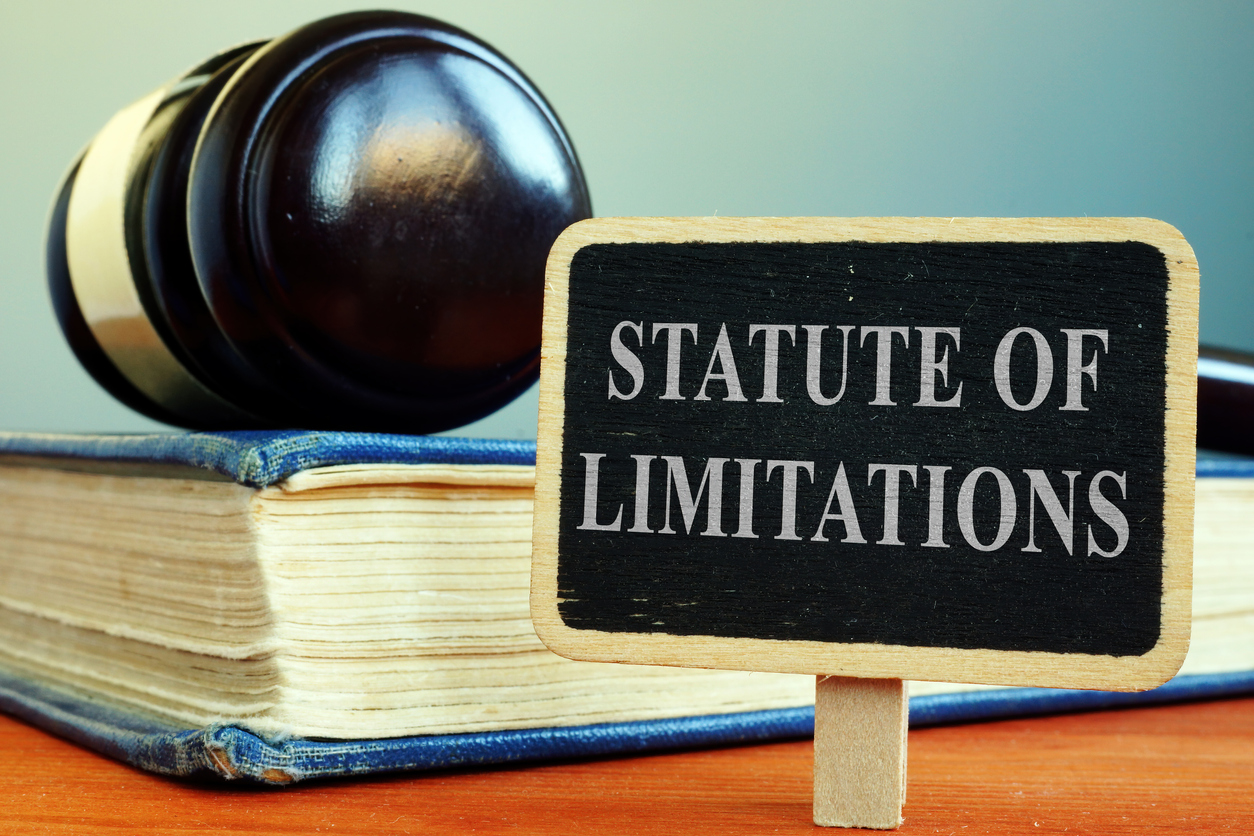This Friday, October 11 at 12:30 p.m. EST, Holly Soffer, who is the general counsel of the American Association of Public Insurance Adjusters (AAPIA), and I will co-host a free live webinar on the subject of coverage gaps and what can be done to stop this problem. Rutgers insurance law professor Jay Feinman, author of, Delay, Deny, Defend – Why Insurance Companies Don’t Pay Claims And What You Can Do About It, will have a guest video appearance on the topic.
I discussed this issue in yesterday’s post, Insurance Coverage Gaps—An Increasing Insurance Crisis Which Needs To Be Addressed and Stopped.
Professor Feinman noted the primary insurance protection gaps:
• Entirely uninsured. The property owner lacks insurance for all risks.
• The underinsurance gap. The policyholder has coverage, but in an amount that is less than the extent of actual or potential losses.
• The risk protection gap. The policyholder is insured, but certain risks are not covered.
• The coverage gap. The policyholder is insured, a risk is covered, but coverage is subject to other limitations. Limitations or restrictions in the insurance policy other than the exclusion of risks prevent full coverage for actual or potential losses.
• The claiming gap. The insurance in place potentially covers risks and losses, but factors in the claim process result in a failure to pay fully.
Insurance coverage gaps are a recurring problem for policyholders, restoration contractors, and public adjusters. With coverage gaps between policies, policyholders and those left with fixing the damage are at risk for being left with little to possibly nothing to adjust for underinsured policyholders. We have to stop allowing insurance companies to sell insurance products that are akin to a hardware store selling a water bucket with holes in the bottom.
Join us for this educational webinar to learn more about this issue and how you can help address this significant trend in the property insurance market.
Thought For The Day
Your problem is to bridge the gap which exists between where you are now and the goal you intend to reach.
—Earl Nightingale



